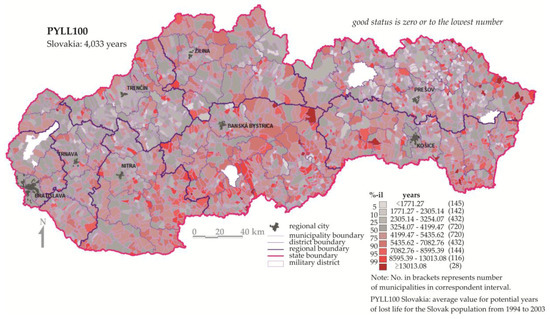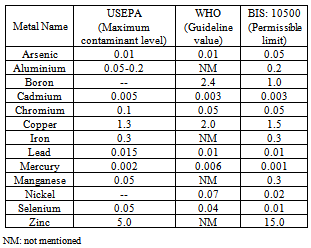Calcium Limit In Drinking Water. These standards protect drinking water quality by limiting the levels of specific contaminants that can adversely affect public health and which are known or anticipated to occur in public. When water is heated, calcium breaks down and precipitates out of the solution, forming scale.

EPA has established National Primary Drinking Water Regulations National Primary Drinking Water RegulationsLegally enforceable standards that apply to public water systems.
FSSAI gives more time for compliance with calcium, magnesium limits in packaged drinking water.
The overarching issue addressed was whether consumption of drinking-water containing a relatively small contribution to total daily dietary the contribution of drinking water to calcium and magnesium intake; health significance of calcium and magnesium; role of drinking-water in relation to bone metabolism; epidemiological studies and the association of cardiovascular disease risks with water hardness and magnesium in particular; water production, technical issues and economics. Water systems using groundwater as a source are concerned with water hardness, since as water moves through soil and rock it dissolves small amounts of naturally-occurring minerals and carries them into the groundwater supply. It enters drinking water supplies from natural deposits in the earth, or from agricultural and industrial practices.. Maximum Contaminant Level Goal (MCLG) - The level of a contaminant in drinking water below which there is no known or expected risk to health. The standards set by the United States Environmental Protection Agency (EPA) for drinking water quality is denoted by Maximum Contaminant Levels (MCLs). Maximum Contaminant Level (MCL) - The highest level of a contaminant that is allowed in drinking water.
Maximum Contaminant Level Goal (MCLG) - The level of a contaminant in drinking water below which there is no known or expected risk to health. Water is a great solvent for calcium and magnesium, so if the minerals are present in the soil around a water-supply well, hard water may be delivered to homes. Should I Be Concerned with Excess Calcium in my Drinking Water? Is calcium in drinking water a good or bad thing? These standards protect drinking water quality by limiting the levels of specific contaminants that can adversely affect public health and which are known or anticipated to occur in public. Drinking Water The EPA's Office of Drinking Water has tested sodium and calcium hypochlorite thoroughly for water and wastewater systems to make sure they do not create carcinogens.
Maximum Contaminant Level Goal (MCLG) - The level of a contaminant in drinking water below which there is no known or expected risk to health. Should I Be Concerned with Excess Calcium in my Drinking Water? Hard water is not a health risk, but a nuisance because of mineral buildup on fixtures and poor soap and/or detergent performance.






